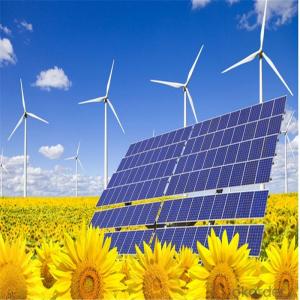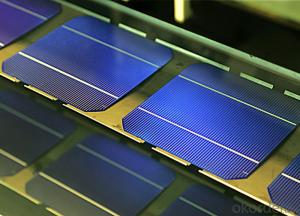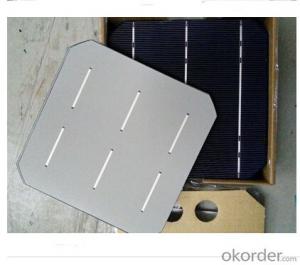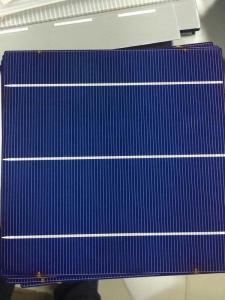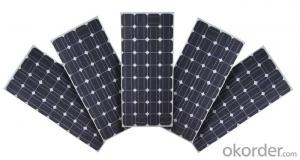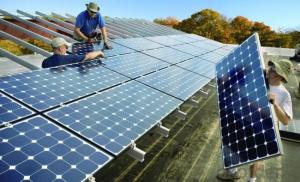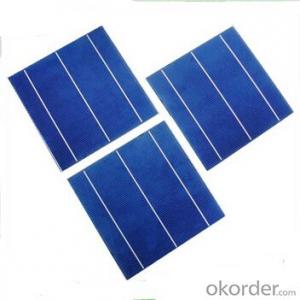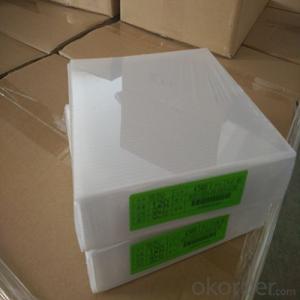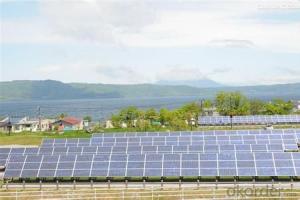Alta Solar Cells
Alta Solar Cells Related Searches
Except For Solar Cells Weegy Problems With Solar Cells High Power Solar Cells Light Trapping In Solar Cells High Performance Solar Cells High Output Solar Cells High Wattage Solar Cells Energy Transfer In Solar Cells High Efficiency Hvac Systems Recombination In Solar CellsHot Searches
Cheap Solar Cells For Sale Flexible Solar Cells For Sale Q Cells Solar Panels For Sale Printed Solar Cells For Sale Bulk Solar Cells For Sale 6x6 Solar Cells For Sale Broken Solar Cells For Sale Cpv Solar Cells For Sale Photoelectric Cells For Sale Price Of Silicon Solar Cells Price Of Solar Cells Over Time Buy Solar Cells From China Cheap Solar Cells China Best Type Of Solar Cells Flexible Solar Cells Price Q Cells Solar Panels Price 3 Types Of Solar Cells Production Of Solar Cells Common Types Of Solar Cells Q Cells Solar Panel PricesAlta Solar Cells Supplier & Manufacturer from China
Okorder.com is a professional Alta Solar Cells supplier & manufacturer, offers integrated one-stop services including real-time quoting and online cargo tracking. We are funded by CNBM Group, a Fortune 500 enterprise and the largest Alta Solar Cells firm in China.Hot Products
FAQ
- Yes, solar cells can be used in areas with high pollution. However, it is important to note that pollution can have a negative impact on the efficiency and performance of solar cells. Airborne pollutants, such as particulate matter and smog, can reduce the amount of sunlight reaching the cells, thereby decreasing their output. Regular maintenance and cleaning may be required to ensure optimal performance in polluted environments. Additionally, advanced solar cell technologies and designs are being developed to mitigate the effects of pollution and improve their efficiency in such areas.
- Is it possible to learn how to make solar cells by yourself?
- I did that when I was 15 years old, and I succeeded!
- The role of solar cells in powering agricultural irrigation is to harness the energy from the sun and convert it into electricity. This renewable energy source is used to operate irrigation systems, providing power for pumps and other equipment required for efficient water distribution to crops. Solar cells offer a sustainable and cost-effective solution, reducing reliance on fossil fuels and minimizing the environmental footprint of irrigation practices in agriculture.
- Yes, solar cells can be used to power irrigation systems. Solar energy can be converted into electrical energy by solar cells, which can then be used to power irrigation pumps and other components of the system. This makes solar-powered irrigation systems a sustainable and environmentally friendly alternative to traditional methods of powering irrigation systems.
- Yes, solar cells can be used in aircraft applications. They are commonly used in solar-powered aircraft to convert sunlight into electrical energy, which can then be used to power the aircraft's systems and/or charge its batteries. Solar cells can help reduce the reliance on fossil fuels, increase flight time, and contribute to more sustainable aviation.
- Yes, solar cells can be used in sports arenas. They can be installed on the rooftops or on surrounding areas of the arena to harness solar energy and generate electricity. This renewable energy source can help offset the energy consumption of the arena, making it more sustainable and reducing its carbon footprint. Additionally, solar cells can also provide shade and protection from weather elements, enhancing the overall experience for spectators.
- Solar cells can be affected by dust and sandstorms in regions with high levels of such conditions. The accumulation of dust particles on the surface of solar panels can reduce their efficiency by blocking sunlight and creating a layer of insulation. Regular maintenance, such as cleaning the panels to remove dust and debris, is crucial to ensure optimal performance. Additionally, advancements in solar panel designs, such as anti-reflective coatings and self-cleaning mechanisms, are being developed to mitigate the impact of dust and sandstorms on solar cell performance in these regions.
- Yes, solar cells can be used in remote communication systems. Solar cells are capable of converting sunlight into electrical energy, which can be used to power various devices and systems, including communication systems. This is particularly advantageous in remote areas where access to traditional power sources may be limited or non-existent. Solar-powered communication systems have been successfully deployed in remote locations, providing reliable and sustainable connectivity.
















